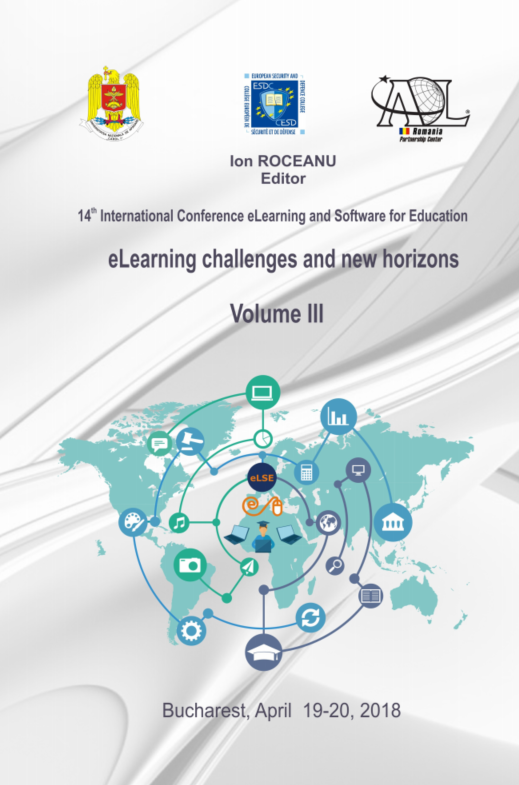Mathematical Models of Measles by Differential Equations in Virtual Education
Mathematical Models of Measles by Differential Equations in Virtual Education
Author(s): Dragos Arotaritei, Calin Corciovă, George ConstantinSubject(s): Social Sciences, Education
Published by: Carol I National Defence University Publishing House
Keywords: Compartmental model; measles; transfer rate; Virtual Education; Differential Equations;
Summary/Abstract: Compartmental models have proven to be useful in various forms of epidemics: Ebola, dengue fever, swine fever, flu, avian flu, etc. Such models have experienced a great development especially because of the multitude of practical applications, but also due to the many possibilities of software implementation. Although there are a few software tools, for example, EpiModel, they have limitations in modelling and use of language employed in the simulation. Measles can be described as a model with 4 compartments, SEIR, but for a better knowledge of all geographic implications in terms of vaccination, we propose a MSEIR model (S = susceptible, I = infected, R = recovered, vaccinated, E = exposed, M = maternally immune). The educational software created in MATLAB, can generate a graphical system, with specific interactions between compartments, starting with initial values set by the user as a result of specific epidemiological studies. After defining the compartments and their links, a generator will build the system of equations which models the compartmental system, solvable through numerical methods specific to measles. Optionally, the user will be able to view the system of differential equations using symbolic calculation. The solutions will be displayed graphically and will allow the user to compare the epidemic evolution with or without vaccine, as well as optimal policy for vaccination using the Jacobian matrix for determination of the endemic equilibrium. Graphical user interface is intuitive, educational, with the possibility of amending the transfer rate between compartments, parameters and initial values. The reproduction number R0 can be defined to be used in order to analyse the influence of it for fit the model with experimental data. The main novelty in this paper is composed mainly by a graphical interface an easy-to-use by student and researcher for in create abilities to use a compartmental model and at the same time, able to provide sufficient arguments in the decision making process and health policies. The other innovative approach is the possibility to define by user a symbolic equation for a compartmental model meanwhile the too will translate in mathematical one that can be solved by differential equation using numerical methods.
Journal: Conference proceedings of »eLearning and Software for Education« (eLSE)
- Issue Year: 14/2018
- Issue No: 03
- Page Range: 369-374
- Page Count: 6
- Language: English

